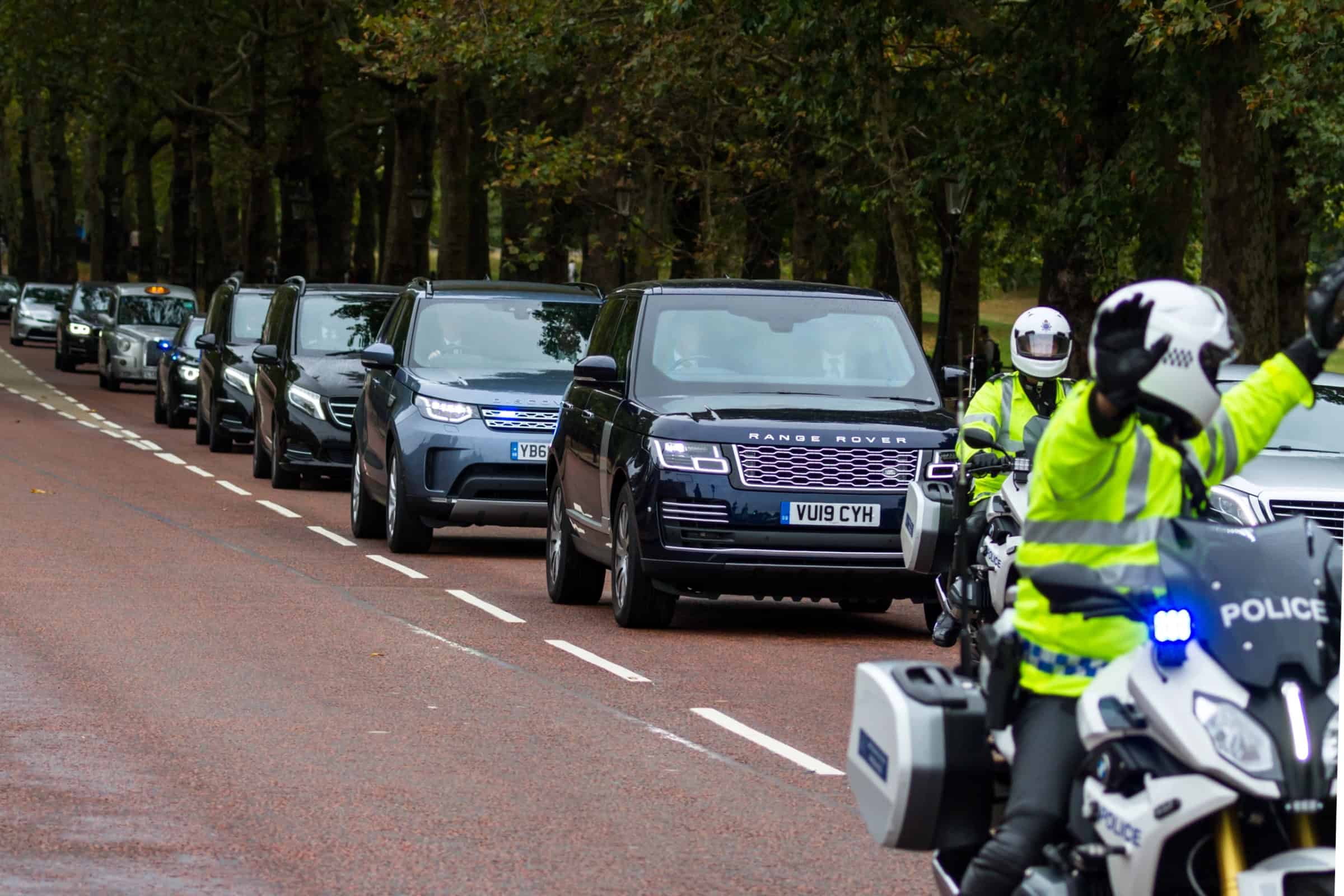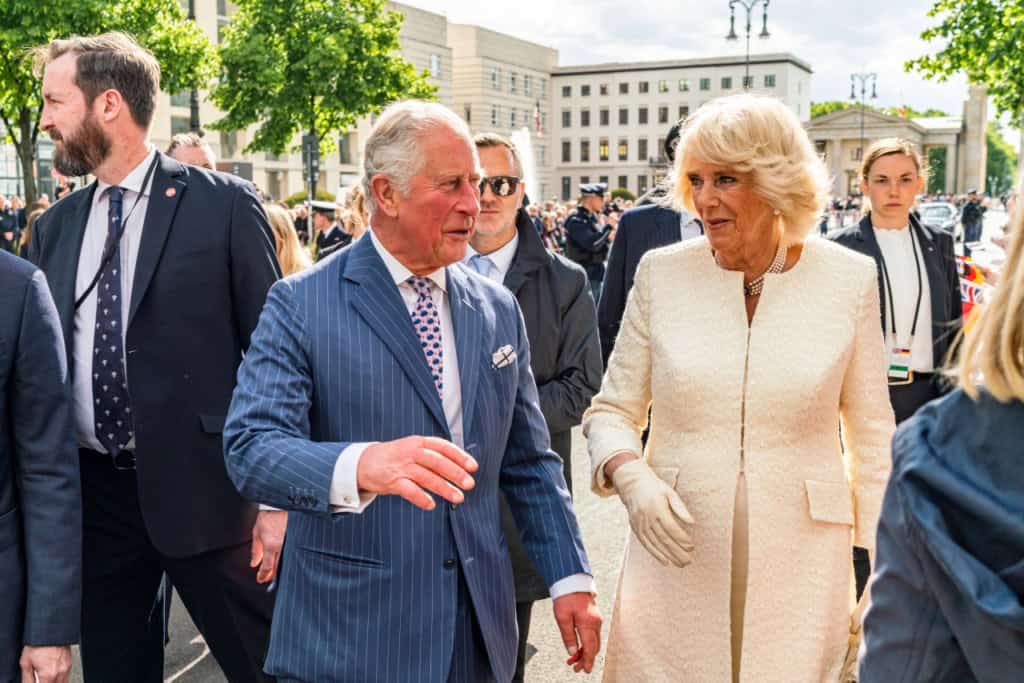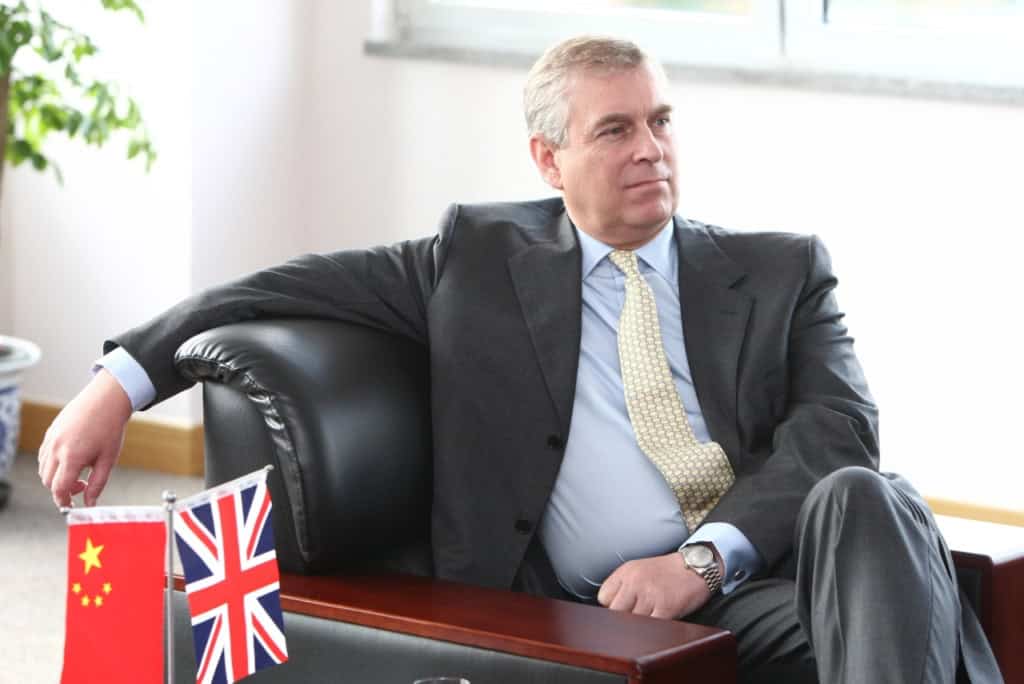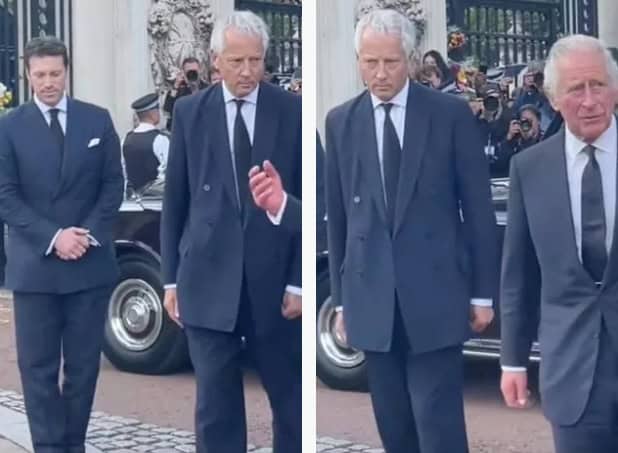
It’s hard to imagine that any royal family member lives in fear. Yet this stark reality is a fact of life for individuals of royal stock. Put lavish palaces, opulent yachts, helicopters, and private jets aside. An affluent lifestyle can become meaningless if you constantly live with fear and anxiety. A life of fear and anxiety is what royalty’s existence would be like if they did not have full-time police protection officers (PPO) or hire private royal close protection.
The country has seen an increased risk of terrorism, a history of fixated persons and a population increasingly frustrated with privileged individuals. So, high-profile and affluent members of society feel as though they face an “ever-present threat”. They feel there is no option but to hire bodyguards for their personal protection and peace of mind. The fact that some members of the British royal family will pay such enormous sums for private close protection services underscores their fear. Without personal bodyguards, members of royal families are vulnerable.
While personal security offers dignitaries peace of mind, there is still an element of uncertainty. Personal Protection Officers (PPO) can never rest on their laurels. They must be constantly alert, plan for every eventuality, and not be overbearing towards their royal principal, affording the royal enough personal space. At the same time, PPOs must not intimidate the general public. Yet they must be ready to react and remove their principal from any present danger, potentially saving their life or preventing reputational damage.
The public appearances that royals are obligated to make to perform their civic duties make them sitting ducks. “Walkabouts” being the occasion they are most at risk. A walkabout involves meeting crowds of the general public at close quarters, shaking hands, and even hugging them occasionally. With so much unrest and uncertainty in the world, it’s hardly surprising that members of royal families are seeking tighter security from highly trained bodyguards.

A Recent History of Royal Family Security Incidents
On 29th April 1970, Queen Elizabeth II and her husband, Prince Phillip, Duke of Edinburgh, were the targets of a purported assassination attempt. Although the incident was not made public until 2009, a New South Wales detective present on the day in question told reporters that would-be assassins rolled a large wooden log onto rail tracks intending to derail the train the royal couple were in travelling in during their visit to Australia. This attempt later became known as the Lithgow Plot.
On 20th March 1974, a kidnapping attempt on Princess Anne left her bodyguard Inspector James Wallace Beaton, a member of SO14, Royalty Protection Command, injured from a gunshot wound. Whilst driving between London’s Trafalgar Square and Buckingham Palace, Ian Ball, an unemployed labourer from north London, stopped in front of the royal Rolls-Royce limousine in his white Ford Escort. Ball forced the chauffeur to stop. Believing Ball to be a disgruntled driver, Wallace Beaton stepped out of the car to resolve the issue and was shot in the right shoulder from six feet away. The gunman fired several shots at the limo, injuring the chauffeur and another officer. Ball was eventually stopped after being wrestled to the ground by officer Peter Edmonds and punched in the head by the former boxer Ronnie Russell who happened to be passing by at the time of the incident.
On 27th August 1979, Lord Mountbatten was assassinated by the IRA in a bomb attack onboard his boat while on holiday in Ireland with his family. He had refused a security detail despite repeated assassination threats from the IRA, infamously saying, “who would want to kill an old man?”. The bomb was planted on his unguarded boat the night before his murder. The explosives detonated the next morning shortly after setting sail.
On 14th October 1981, Queen Elizabeth ll was visiting New Zealand with Prince Phillip when she was shot at in an assassination attempt. The assailant used a 0.22 rifle as she exited a Rolls-Royce. Thankfully, the shot missed, and a teenage gunman was arrested. Fearing reputational damage, the New Zealand government colluded in a cover-up that lasted four decades.
In 1994, royal protection officers put their lives at risk when a lone gunman attempted to assassinate Prince Charles during His Majesty’s high-profile state visit to Australia. The disgruntled anthropology student David Kang rushed onto the stage where the heir to the throne was seated and fired two blank shots from a starting pistol. The Prince’s chief bodyguard, Superintendent Bob Trimming, swiftly upended the protestor.
When Princess Diana died in a car crash in a Parisian tunnel on 31st August 1997, she had dismissed Scotland Yard’s royalty protection because she wanted independence from the royal family. At that point, the Princess did not trust the police or UK security services. Paparazzi pursued her vehicle on mopeds. Her intoxicated driver was using speed rather than skill to try and escape, resulting in a fatal car crash. Her private bodyguard was the only survivor of the crash. Diana had previously expressed numerous concerns that she believed she would be killed in an apparent road traffic accident. To this day, some still ask, “was Princess Diana assassinated?”.
Prince Harry and his wife Meghan brought this fear to the public’s attention on the Oprah Winfrey Show. Prince Harry described his position as a “risk” that he had inherited.
The Royal and VIP Executive Committee (RAVEC) ruled that prince Harry is no longer entitled to the “same degree” of security as he is now a private citizen. Court proceedings against the Home Office and Metropolitan Police further accentuated the Prince’s fears for himself and his family’s safety. The Prince’s lawyers told the High Court that he was not given enough information when the armed police protection was pulled and that he doesn’t feel safe in the UK. The Court also blocked Prince Harry from paying for police protection.
In the Oprah interview, Meghan Merkel added that the “monster machine of clickbait and tabloid fodder” is to blame for potential threats royals face every day. In the absence of state-funded security, it is reported the couple spends around £2.5 million a year to pay for a close protection service.
Prince Andrew also lost his rights to state-funded police protection when he was stripped of his royal title early in 2022.

The former Duke of York was no longer entitled to royalty protection provided by the UK’s Royalty and Specialist Protection. He had to fund his own private security detail. His protection was reinstated, but it has since been reported that he will be stripped of his taxpayer-funded Metropolitan Police protection as he no longer performs public duties. Private close protection officers will replace his armed personal protection officers at an estimated cost of up to £3 million a year. King Charles is expected to pay the bill for the Duke.
Andrew’s daughters, Princesses Beatrice and Eugenie, have been paying for private protection from their own pockets since 2011 – at a reported cost of £500,000 per year.
Personal protection for the British royal family in the UK falls under Royalty and Specialist Protection’s (RaSP’s) remit. RaSP is a subdivision of the Specialist Operations Branch of Protection Command.
In 2021, Scotland Yard reassigned some of the royal family’s most trusted bodyguards to avoid officers getting too comfortable, close, and complacent. However, these officers had spent years gaining the trust of their principals and knew how each liked to work. So, it was reported that members of the British royal family expressed concerns over the alterations to security arrangements.
As mentioned above, the Duke and Duchess of Sussex (Harry and Meghan) famously had their security detail removed following the couple voluntarily leaving the royal family and moving to the United States for a “quiet life”. They have not been silent about their dissatisfaction ever since. Prince Harry was shocked by the move. The Prince argued that his royal status may have changed, but the threat and the risk to his life and the lives of his family had not. If anything, they have increased.
Bodyguards have a unique relationship with their principals. Arguably, this is truer of the ties a PPO has with a member of royalty. Relationships must be nurtured and maintained. It takes a long time for higher-risk members of society to build confidence and trust with their protection officers.
It was no surprise to us that members of the royal family were concerned when their longstanding bodyguards were reassigned. With members of the royal family under the spotlight in the current climate, it’s human nature to feel vulnerable.
Metropolitan Police Commander Helen Millichap ruffled feathers when she decided to rotate RaSP officers. The commander aimed to “open up” the division and make it less “cliquey”. However, the decision left the royal principals feeling less safe in the company of their personal protection officers.
Suppose the Met intends to rotate bodyguards periodically. In that case, members of the royal family will consistently experience periods of anxiety during the trust-building period. Not what principals want or need. There must be continuity between the officer and the individual they are protecting. It’s well established in psychology that feeling and being safe from harm is one of the fundamental needs of every individual. This fact applies no matter what your background or status in life is.
In his pyramidical “Hierarchy of Human Needs”, Abraham Maslow placed safety, protection and security as the second most essential factors humans need. The most important are food, water and shelter. Suppose you live in a world where your life is potentially in danger daily. In that case, safety, protection and security become your number one priority.
UK royal protection is not limited to the British royal family. Protection Command also assign armed PPOs to protect select members of the political class. Protection is afforded to present and former prime ministers, ambassadors, visiting heads of state and government, and other dignitaries deemed to be at risk whilst visiting the United Kingdom. In addition to close personal protection, highly trained specialists within the Special Escort Group (SEG) man a squadron of vehicles and motorcycle outriders. SEG officers are also used to transfer high-risk prisoners and transport high-value loads.
Highly trained Protection Officers with assignments under “Protection Command” have to be exceptional marksmen, courageous, with advanced driving skills and capable of planning security arrangements with meticulous detail. In addition, they should have excellent soft skills, which include interpersonal skills, communication, diplomacy, and conflict management. These qualities are not what the average person would expect when they think of the stereotypical “bodyguard”.
Officers tasked with royalty protection must also be constantly alert, always thinking ahead and “what if?” , being utterly aware of their surroundings. At events, it is the responsibility of the close protection officers to identify anything or anyone that looks out of place by people profiling, a skill only learnt and honed with many years of experience. CPOs must ‘look and see’ an absence of the norm and presence of the abnormal.
At the Queen’s funeral procession in September 2022, not many would have spotted the inner ring of security. However, armed police protection officers surrounded the Royal Family walking behind the coffin and the gun carriage. The officers perfectly blended in whilst discreetly watching, reading, and vetting the crowds of people lining the streets: a faultless performance and a perfect example of how officers should conduct royal protection operations.
And no, the King’s bodyguard does not have fake arms or hands. This is not Hollywood! However, police protection officers are the only bodyguards in the UK legally allowed to be routinely armed, and they are covertly armed with an arsenal of firearms at their disposal.

Many close protection service providers in the UK and Europe employ close protection operatives with questionable backgrounds, experience, and training. These companies and operatives fall well short of the minimum standard required for royalty protection details. Whether you are from a Family Office or Embassy, are a House or Estate Manager, a PA, EA, or Head of Security looking to hire close protection services for royal family members or households, please follow our guide on how to hire a bodyguard.
Westminster Security provide Royalty Protection to many Royal Families from around the world visiting the UK and London. We have the perfect combination of training, knowledge, and experience to provide the highest level of services to a Royal Standard. We are respected and trusted to work alongside Police Royalty and Specialist Protection in support of high-risk head of state and head of government visits.
Specialists in providing Royal Protection to heads of state and high-end executive protection services to heads of government and dignitaries, our close protection operatives are considered the best in the world from backgrounds in specialist police and military protection units.
Westminster Security provides professional royal protection services in London, the UK, and worldwide.